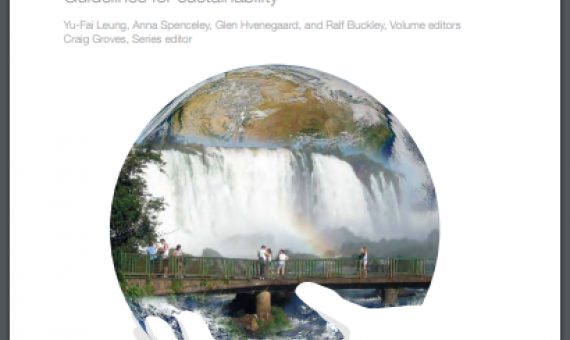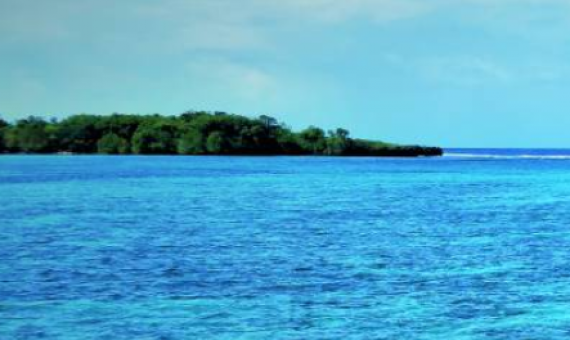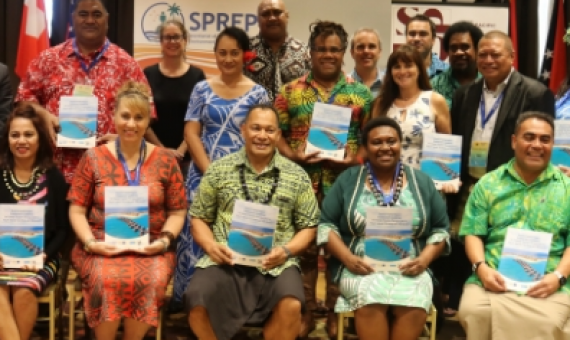After decades of steady growth, international tourist numbers surpassed 1 billion for the first time in 2012. The report shows that destinations across the world are not prepared for the unprecedented demands this has placed on them, leading to alarming reports of overtourism.
Tourism and visitor management in protected areas
All forms of tourism create environmental impacts, but these differ by orders of magnitude. At one end of the scale are minimal-impact wilderness travellers, either on foot or by water. These are permitted in many protected areas worldwide, and there is a well-tested suite of management and monitoring tools, summarised in this volume, to provide benefits to visitors without compromising primary conservation goals. At the other end of the scale are large-scale infrastructure, accommodation, and catering facilities, some of which can handle over a hundred thousand visitors a day.
Protected areas are a key component of any global conservation strategy.
President Tommy Remengesau, Jr. signed into law the bill that required vessels and aircrafts entering Palau to educate their passengers on the country's environmental protection policies...Click on the link below to read the full article.
Businesses are looking at new ways to attract visitors that benefit the environment and local communities. Click on the link below to read the full article.
These Guidelines aim to assist with the implementation of national EIA legal requirements and to promote best practice in EIA process for Coastal Tourism Development in the Pacific. Click on the link below to access the full guidelines.
Environmental Impact Assessment Guidelines for Coastal Tourism Development in Pacific Island Countries and Territories
These Environmental Impact Assessment Guidelines for Coastal Tourism Development in Pacific Island Countries and Territories (Guidelines) represent a sector specific version of SPREP’s regional EIA Guidelines first published in 1993 and recently expanded and updated in 2016. These Guidelines aim to assist with the implementation of national EIA legal requirements and to promote best practice in EIA process for Coastal Tourism Development in the Pacific.This publication provides general guidance to support environmental impact assessments (EIAs) for coastal tourism development.
The Pacific tourism industry took a step forward in protecting the integrity of the environment with the launch of the Environment Impact Assessment Guidelines for Coastal Tourism Development for the Pacific Islands and Territories. Click on the link below to read the full article.
The Palau Pacific Resort (PPR) has been a long time champion of Palau's environmental conservation efforts...Click on the link below to read the full article.
The North Efate Conservation Management (NECM) Deed has been signed by the Environment Networks and Tourism Associations of North Efate.Click on the link to read the full article.














